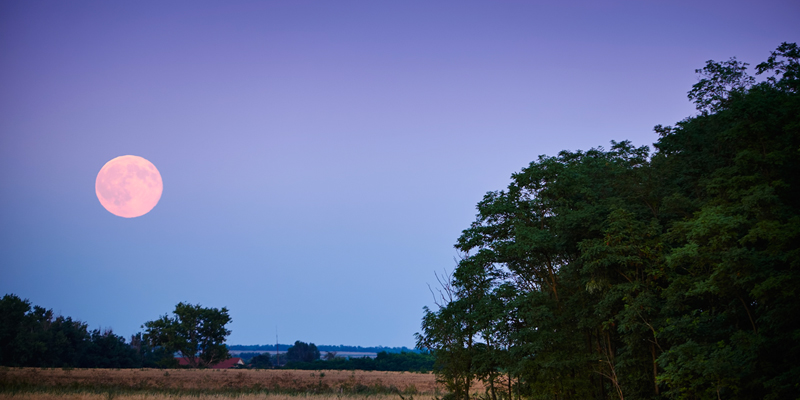
Moonshining has been part of American history since our country’s inception. You might even say that making ‘shine is about as American as eating apple pie. The act of distilling alcohol illegally in order to avoid paying taxes on the spirit began in the U.S. around the end of the Revolutionary War. Many early moonshiners were immigrants from Ireland and Scotland, countries that had a history of moonshining themselves.
In fact, one of the main reasons for the Revolution was the fact that the colonists were sick of paying taxes to the British. So, obviously a lot of patriots didn’t really feel like paying Uncle Sam for their right to make their own booze. Hence the nefarious, illegal stills that were hidden in the woods. Distillers made their spirits by the light of the moon to avoid having to pay taxes.
The modern-day definition also has to make room for all the “moonshines” we see on the shelves at stores. These are legal. “Those have obviously had taxes paid on them so don’t fall under the classic definition of moonshine, so the modern use of the word takes into account both the illicit and legal sides of the moonshine trade,” according to Colin Blake, Creative Director at Moonshine University.
Historically, moonshine could be a very hot, harsh spirit to consume. But a practice used since the dawn of distilling has made the drink easier to consume. “If something tastes bad, then add something that tastes good to make it better,” says Blake. “Adding fruit, spices and sweeteners to the spirit was the best way to make the moonshine palatable, if not desirable.”
There’s one thing Americans love more than anything that’s got fruit, spices and sweeteners in it. Enter apple pie moonshine.
Apple pie is the oldest and most traditional mountain moonshine recipe. “Historically, straight moonshine required a steel palate,” says Eric Dopkins, owner of American Born Moonshine. “However, in order to make the product more marketable to everyone, bootleggers started cutting their moonshine with flavors like cherry, blackberry and, of course, the ever popular apple pie. Adding juices and spices takes away any of the alcoholic flavor and delivers a potent, delicious concoction.”
Illegal apple pie moonshine is concocted by adding apples, cinnamon, and sugar to whatever spirits have been made. “This makes each jar a little different because of the variations in apples, spice and how the spirit was produced and collected,” says Blake. For commercially available, legal moonshine, the process is sometimes the same, but generally flavoring and additives are added to the spirit to made it consistent from bottle to bottle and to make the flavor and color shelf stable.
“There is a lot of bad, backwoods moonshine,” says Greg Eidam, head distiller at Sugarlands Distilling. “Eventually, though, it became something that people were taking pride in and tried to perfect, mixing it with the good moonshine.”
Apple pie moonshine is the most popular flavor of moonshine across all commercially available flavored moonshine brands. “It’s most likely perceived as more of a fall beverage due to apple cider being a historically popular drink during fall and winter,” says Blake.
“No other fruit represents fall like a good crisp apple,” agrees Tommy Townsend, owner of Grandaddy Mimms Authentic Moonshine. “Who doesn’t love apple pie after a great Thanksgiving meal?”

